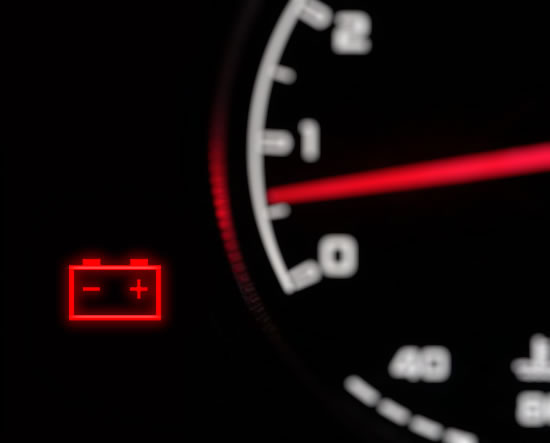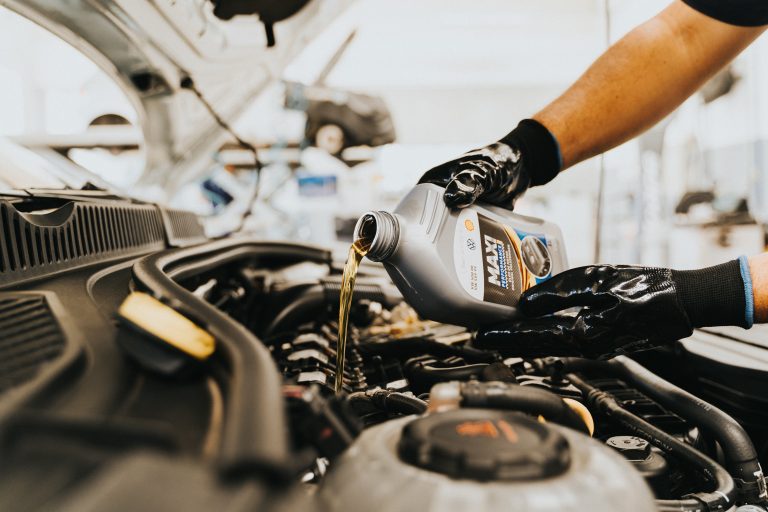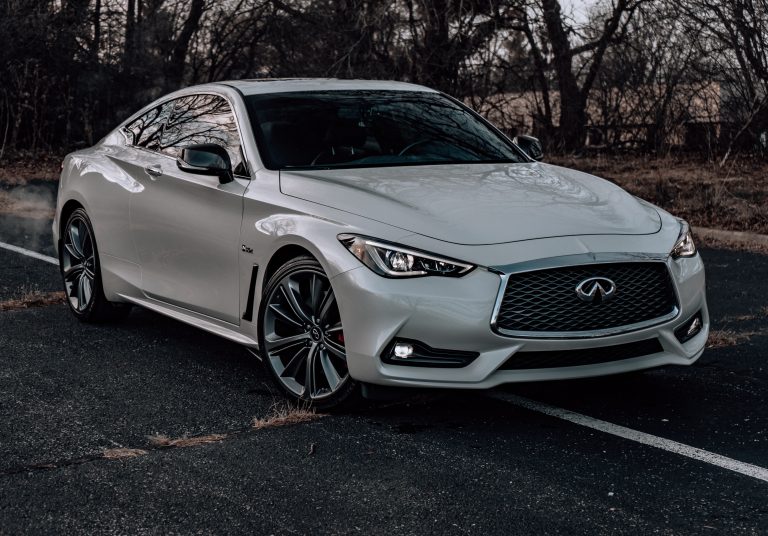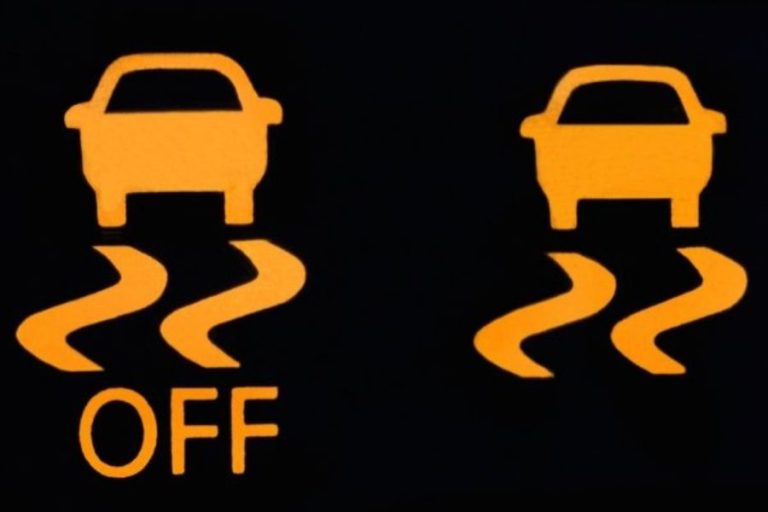When you’re on the road, the last thing you want to see is your battery light flickering on and off like a disco ball. But fear not, as we delve into this perplexing issue and shed light on the possible causes, troubleshooting methods, and ways to prevent it from happening again.

Understanding the Battery Light
Battery Light Coming On and Off: Unraveling the Mystery
Picture this: you’re driving down the highway, and suddenly, the battery light on your dashboard starts flashing intermittently. What does it mean? Is it a minor glitch, or could it signal a more serious problem? Let’s find out.
What Does the Battery Light Indicate?
Your vehicle’s battery light, often shaped like a little battery or labeled “ALT” for alternator, serves as a warning system. When it comes on, it signifies that your car’s charging system is experiencing issues. This could be related to the battery, alternator, or electrical connections.
Common Causes of the Battery Light Coming On and Off
- Faulty Alternator: A failing alternator is a common culprit. It’s responsible for charging your battery while the engine runs. If it malfunctions, your battery won’t charge properly, and the light may illuminate.
- Loose or Damaged Belts: Loose or damaged serpentine belts can hinder the alternator’s operation, leading to intermittent battery light issues.
- Corroded Battery Terminals: Poor connections at the battery terminals can disrupt the flow of electricity, causing the light to flicker.
- Battery Problems: An aging or failing battery may not hold a charge, causing the light to come on.
- Wiring Issues: Damaged or corroded wiring can interrupt the electrical flow, triggering the warning light.
Troubleshooting and Solutions
Resolving the Battery Light Dilemma
Now that we’ve identified potential causes, let’s explore troubleshooting steps and solutions to rectify the issue promptly.
Step 1: Check the Alternator
Start by inspecting the alternator. Look for signs of wear and tear, such as frayed wires or loose connections. If the alternator appears faulty, it may need to be replaced.
Step 2: Examine Belts and Connections
Ensure that the serpentine belts are properly tensioned and not damaged. Examine the battery terminals for corrosion and clean them if necessary. Tighten any loose connections.

Step 3: Test the Battery
If your battery is old or showing signs of failure, it’s time for a battery test. Many auto parts stores offer free battery testing services. If needed, replace the battery with a new one.
Step 4: Inspect Wiring
Carefully inspect the wiring throughout the charging system. Look for exposed wires, breaks, or damage. Repair or replace any compromised wiring.
Step 5: Professional Diagnosis
If the problem persists after performing these checks, it’s advisable to seek professional assistance. An automotive technician can conduct advanced diagnostics to pinpoint the issue accurately.
Keeping the Battery Light at Bay
Now that you’ve learned how to troubleshoot the battery light issue let’s explore some preventive measures to keep this problem from recurring.
Regular Maintenance
The key to preventing the battery light from coming on and off is regular maintenance. Here are some maintenance tips:
- Scheduled Inspections: Follow your vehicle manufacturer’s recommended maintenance schedule. Regular check-ups can catch potential issues before they become major problems.
- Battery Health: Keep an eye on your battery’s health. Modern vehicles often have battery status indicators. If your battery is older than three years, consider replacing it preventively.
- Clean Terminals: Periodically inspect and clean your battery terminals to prevent corrosion, which can disrupt the electrical connection.
- Check Belts: Examine the serpentine belts for wear and proper tension. Replace them if needed to ensure the alternator functions optimally.
- Quality Parts: When replacing components like the alternator or battery, opt for high-quality parts from reputable brands. Cheap components may not last as long.
Weather Considerations
Extreme temperatures, whether hot or cold, can affect your vehicle’s battery and charging system. Here’s how to handle them:
- Hot Climates: In hot weather, batteries tend to degrade faster. Consider investing in a battery with a higher cold-cranking amp (CCA) rating to withstand the heat.
- Cold Climates: In cold climates, the battery may struggle to start your car. A battery blanket or heater can help maintain optimal temperature and performance.

Electrical Load
Reducing the electrical load on your vehicle can help extend the life of your alternator and battery. Here’s what you can do:
- Turn Off Accessories: When you start your vehicle, turn off unnecessary accessories like lights, air conditioning, and the radio. This reduces the initial strain on the alternator.
- Unplug Devices: Avoid leaving devices plugged into your car’s power outlets when the engine is off. These can drain the battery.
- Limit Short Trips: Frequent short trips don’t give the alternator enough time to fully charge the battery. If possible, combine errands into longer drives.
Professional Checkups
Consider having your vehicle professionally inspected at least once a year, especially if you live in a harsh climate or use your vehicle for long trips. An experienced mechanic can identify potential issues and perform maintenance tasks you might miss.
By following these preventive measures, you can significantly reduce the chances of your battery light coming on and off unexpectedly. Remember that proactive care of your vehicle’s electrical system is the key to a worry-free driving experience.
FAQs
Q: Can I continue driving with the battery light on and off?
A: It’s not recommended. The light indicates a problem with the charging system, and driving with a malfunctioning charging system can lead to a dead battery and potential stalling.
Q: How much does it cost to replace an alternator?
A: The cost varies depending on your vehicle’s make and model, but it typically ranges from $300 to $800, including parts and labor.
Q: Can I jumpstart my car when the battery light is on?
A: Jumpstarting may temporarily get you going, but it won’t fix the underlying issue. It’s best to address the problem with the charging system.
Q: Is it safe to replace the battery myself?
A: If you have experience and the necessary tools, replacing a battery can be a DIY task. However, if you’re unsure, it’s safer to have it done by a professional.
Q: What happens if I ignore the battery light?
A: Ignoring the battery light can lead to a drained battery and potentially leave you stranded. It’s best to address the issue promptly.
Q: How often should I replace my car battery?
A: Car batteries typically last 3 to 5 years. However, factors like climate and usage can affect lifespan. Regularly testing your battery can help you determine when it needs replacement.
Conclusion
In the world of automotive troubleshooting, understanding the battery light is crucial. By identifying potential causes, performing systematic checks, and taking appropriate action, you can keep your vehicle’s charging system in top shape. Remember, when the battery light dances on and off, it’s your car’s way of saying, “Pay attention!” Stay proactive, and your journeys will be smooth and worry-free.







